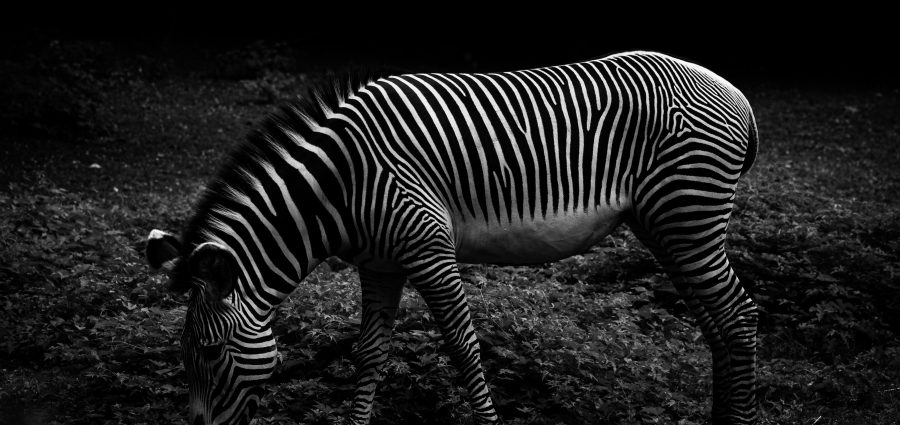The Bronx Zoo, officially known as the Wildlife Conservation Society’s Bronx Zoo, is one of the largest zoos in the United States, located in the Bronx borough of New York City. The zoo was opened in 1899 and has since become a landmark destination, attracting millions of visitors each year. The history of the Bronx Zoo is both fascinating and complex, with numerous changes and additions over the years.
The origins of the Bronx Zoo can be traced back to the New York Zoological Society (NYZS), which was founded in 1895 by a group of prominent New Yorkers, including Andrew Carnegie, Madison Grant, and Theodore Roosevelt. The purpose of the society was to establish a zoo in New York City that would serve as a center for research, conservation, and education.
In 1898, the NYZS purchased a tract of land in the Bronx for the construction of the zoo. The land had previously been used as a garbage dump, and it took several years of intensive work to transform it into a suitable habitat for animals. The zoo officially opened to the public on November 08, 1899, with over 843 animals on display, representing 267 species.
One of the key figures in the early history of the Bronx Zoo was William Temple Hornaday, the zoo’s first director. Hornaday was a noted conservationist and naturalist who believed strongly in the importance of preserving endangered species. Under his leadership, the zoo became one of the first institutions in the world to establish a captive breeding program, and he was instrumental in the successful breeding of bison, elk, and other species.
Over the years, the Bronx Zoo has undergone numerous changes and expansions. In the 1920s, the zoo added a children’s zoo, which was designed to provide a more interactive and educational experience for younger visitors. The children’s zoo included a variety of exhibits, such as a petting zoo, a miniature farm, and a playground.
In the 1930s, the Bronx Zoo embarked on a major renovation and expansion program, which resulted in the construction of numerous new exhibits, including the World of Birds, the African Plains, and the Big Cat House. These exhibits were designed to provide a more immersive experience for visitors, with naturalistic habitats that replicated the animals’ native environments.
Throughout the 20th century, the Bronx Zoo continued to evolve, with the addition of new exhibits, the introduction of new animal species, and the development of new conservation programs. In the 1970s, the zoo established the Wildlife Conservation Society, which was designed to promote conservation efforts around the world. The society has since become one of the world’s leading conservation organizations, with a focus on protecting wildlife and wild places.
Today, the Bronx Zoo is home to over 4,000 animals, representing more than 700 species. The zoo’s exhibits include a wide variety of animals, from lions, tigers, and bears to gorillas, elephants, and sea lions. In addition to its animal exhibits, the zoo also offers a range of educational programs, including camps, classes, and workshops, designed to teach visitors of all ages about the importance of conservation and wildlife protection.
The Bronx Zoo is not just a place to see exotic animals; it is also a testament to the importance of conservation and education. From its humble beginnings as a garbage dump, the Bronx Zoo has grown into one of the world’s most respected zoological institutions, a place where visitors can learn about the importance of protecting our planet’s wildlife and habitats. With its rich history and ongoing commitment to conservation, the Bronx Zoo will no doubt continue to be a vital and beloved institution for generations to come.








